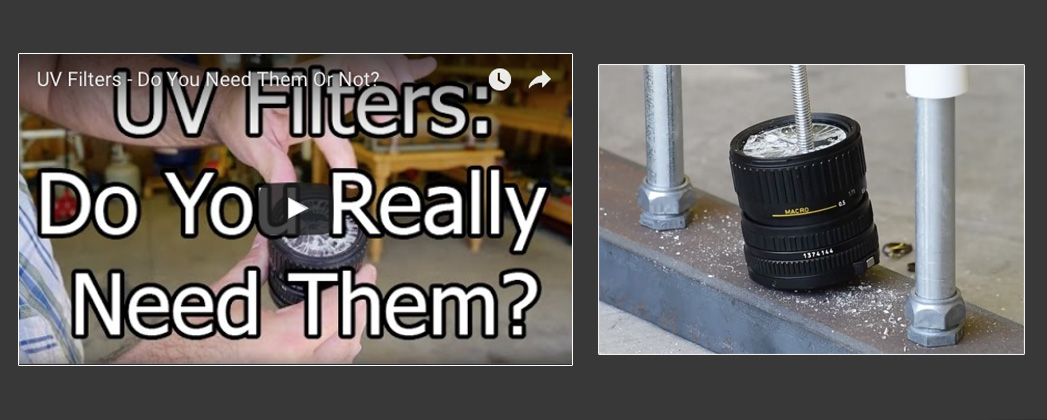ScubaChuck
Member
Are lens protective filters necessary and if so, what is the best kind to get?
I live in Florida where there is lots of sand and and sea air.
I live in Florida where there is lots of sand and and sea air.
Last edited:
If you would like to post, you'll need to register. Note that if you have a BCG store account, you'll need a new, separate account here (we keep the two sites separate for security purposes).
Funny you say that. I literally had the very same issue with a NiSi protection filter for mu 600PF as Hoya did not make them in this diameter.I have had mixed experiences with Hoya filters. I had one where the metal spring clip came out of its spot and the end of the metal was resting on the front element of my 24-70 f2.8. I am not sure what the spring clip is called, but it is intended to keep the glass part of the filter in its mount.
No damage was done but I don;t have filters of that design any more, and I only use protective filters in sand and salt. My NiSi filters have all performed well.
As stated by a "few" here above is the use of protection filters a personal choice. I use protection filters as a simple grain of sand can give scratches on the front glass.Despite a "few" standing up for using filters I expect a poll would clarify relatively few actually use them often as distinct from never.
I agree a personal choice.As stated by a "few" here above is the use of protection filters a personal choice.

Most UV do have an effect on visible light - by reducing some lilac, blue and purple shades. How much depends on the UV cut-off point.One reply said to get clear glass and not UV if you get one…why is that? I know that you don’t really need the IV with digital sensors…but since it only blocks UV I wouldn’t think it would have any effect on the visible light image…
Yeah…that’s true…but in my admittedly limited testing (only tried it once)…the difference was only noticeable if you looked at histograms or compared at 1:1 but mostly slight to none at viewing size…or even at 1:1 but even there it was more different than better/worse…and varying white balance or other PP had a much bigger effect. I use one so rarely that it isn’t worth tossing and replacing them…at least for me. If I ever need new ones I will get clear.Most UV do have an effect on visible light - by reducing some lilac, blue and purple shades. How much depends on the UV cut-off point.
Clear filters retain the full colour gamut.

